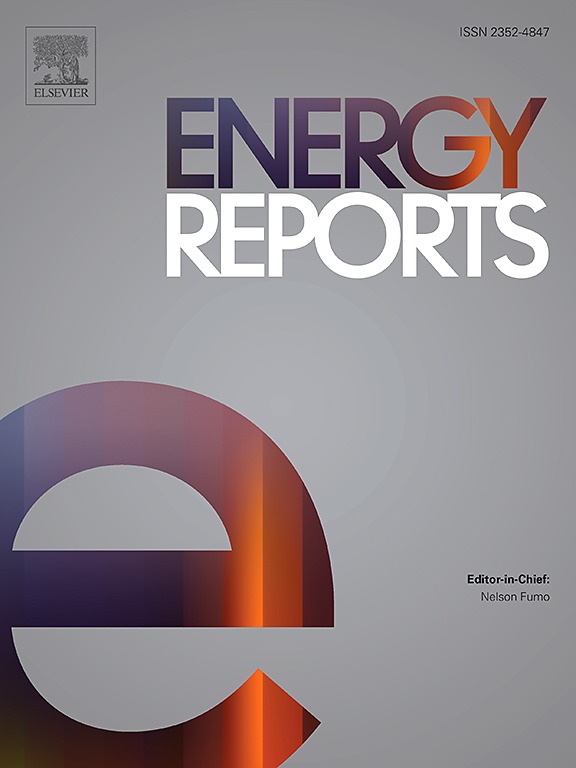Modeling and monitoring social media dynamics to predict electricity demand peaks
IF 4.7
3区 工程技术
Q2 ENERGY & FUELS
引用次数: 0
Abstract
Information spread on social media can lead to sudden, synchronized actions. If this affects electricity demands, it could result in critical consequences for the power grid. With the rise of social media and fake news and the increasing adoption of power-intensive devices, the risk of misinformation attacks by manipulating consumer behavior becomes more relevant. This paper presents a novel approach for modeling the potential impact of social media dynamics on power systems. We present a conceptual monitoring framework for the real-time detection of critical information propagation and the short-term prediction of electricity demand peaks. Based on a social network graph, a stochastic epidemiological model, the Susceptible–Infectious–Recovered (SIR) model, is employed to simulate the “viral” spread of information. To estimate model parameters from real data, an optimization algorithm is developed. Twitter data of a past disaster event is acquired and used to create a generalized propagation dynamics model, which can then be used to analyze the impact of altered power demands. Specifically, we simulate a demand response attack, where households receive misinformation about reduced electricity prices, encouraging them to activate appliances. The results demonstrate that the synchronized behavior of a minority of affected consumers can lead to sudden increases in the aggregated demand, significantly surpassing usual demand levels. Furthermore, we examine the peak demand for electric vehicle (EV) charging at different adoption rates, showing that the consequences of synchronized behavior are amplified. Our innovative approach opens up new possibilities for power grid nowcasting and enhancing critical infrastructure resilience in a proactive manner, which can avoid load shedding.
求助全文
约1分钟内获得全文
求助全文
来源期刊

Energy Reports
Energy-General Energy
CiteScore
8.20
自引率
13.50%
发文量
2608
审稿时长
38 days
期刊介绍:
Energy Reports is a new online multidisciplinary open access journal which focuses on publishing new research in the area of Energy with a rapid review and publication time. Energy Reports will be open to direct submissions and also to submissions from other Elsevier Energy journals, whose Editors have determined that Energy Reports would be a better fit.
 求助内容:
求助内容: 应助结果提醒方式:
应助结果提醒方式:


